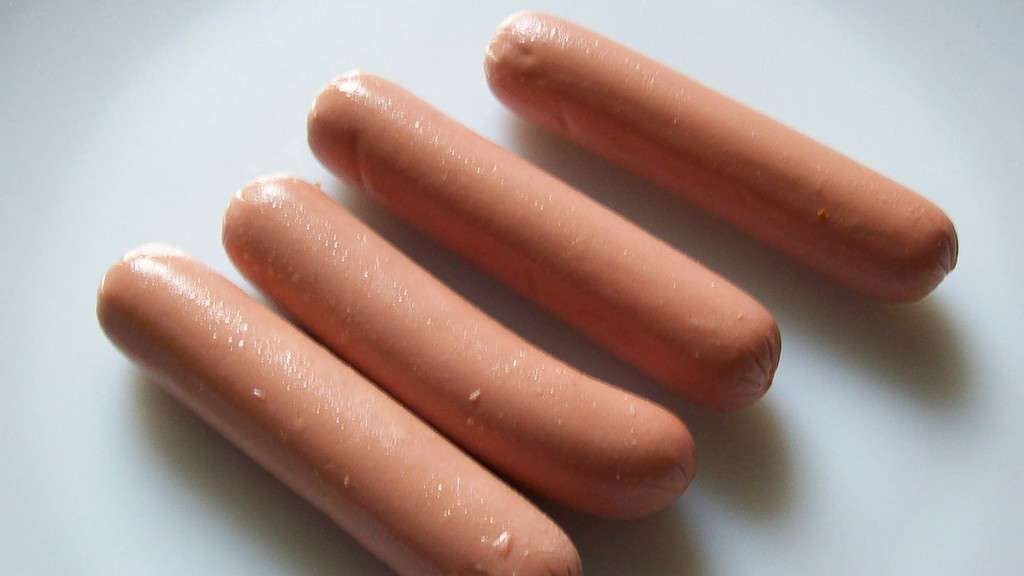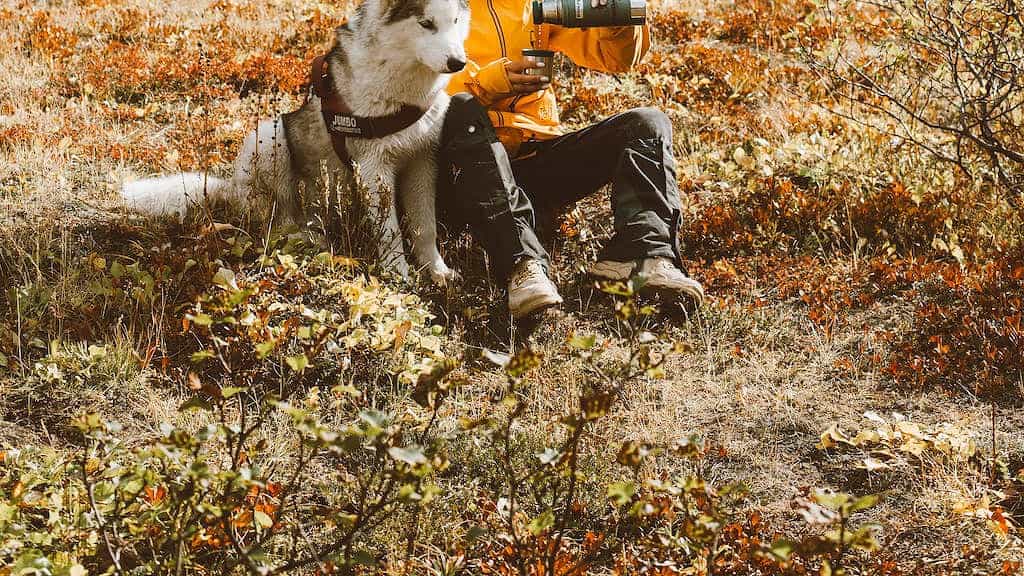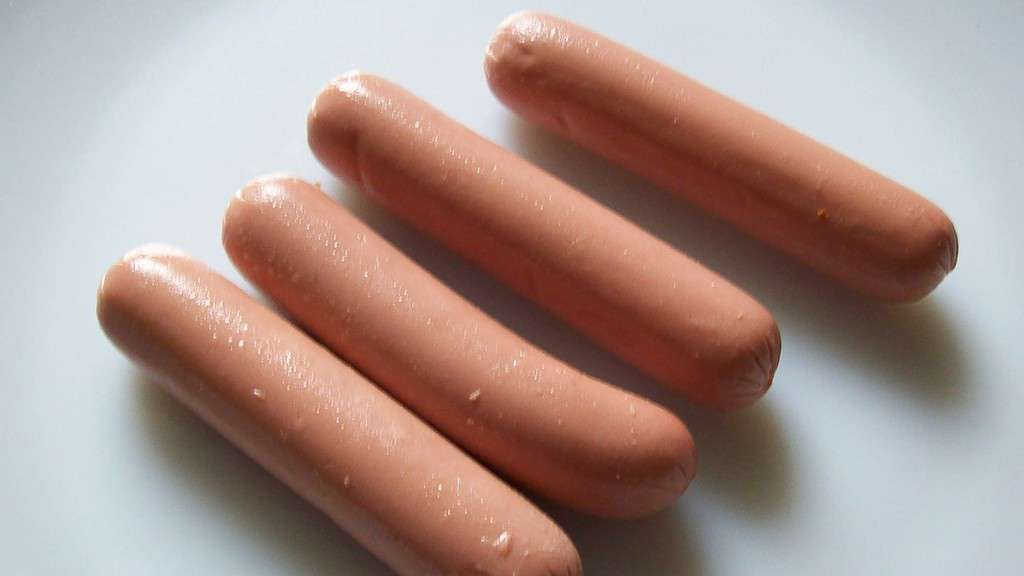Key Takeaways:
- Hot temperature food can be harmful to dogs and should be avoided.
- Dogs are more sensitive to heat compared to humans, and their internal organs can get easily damaged by hot food.
- Feeding dogs hot temperature food can lead to burns in their mouth, throat, and digestive system.
- Hot food can cause a dog’s esophagus to become inflamed, leading to difficulty swallowing and discomfort.
- Offering dogs warm or room temperature food is generally considered safe and more appropriate for their digestion.
- Always allow food to cool down before serving it to your dog to prevent any potential harm.
- If you suspect your dog has consumed hot food and is exhibiting signs of distress, seek veterinary advice immediately.
- Consult with a veterinarian about appropriate and safe food temperatures for dogs, especially if you have any concerns or specific dietary needs.
- Providing fresh, cool water to your dog throughout the day is essential to help them regulate their body temperature.
- Monitoring your dog’s eating habits and behavior can help you identify any potential issues related to food temperature.
Summary
Can dogs eat hot temperature food? While dogs can technically eat hot food, it is important to consider the temperature at which it is served to them. Extreme heat can harm their sensitive tongues and cause burns or other injuries. This article delves into the potential risks associated with dogs consuming hot food, while also providing valuable tips on the proper temperature to serve their meals. Understanding these guidelines can help ensure the safety and well-being of your furry friend.

Can Dogs Eat Hot Temperature Food?
1. Potential Risks of Feeding Dogs Hot Food
Feeding dogs hot temperature food can pose various health risks. Firstly, hot food can burn a dog’s mouth, tongue, and throat, causing pain, tissue damage, and difficulty in eating and swallowing. Additionally, consuming hot food can lead to gastrointestinal problems like indigestion, vomiting, and diarrhea. This is because hot food can irritate the stomach lining and disrupt the digestive process. It is important to allow food to properly cool down before feeding it to your dog to avoid these potential risks.
2. Symptoms of Heat-Related Injuries
If your dog accidentally consumes hot temperature food, watch out for possible symptoms of heat-related injuries. These may include excessive drooling, lip licking, pawing at the mouth, whining or vocalization, reluctance to eat, and signs of pain or discomfort. In severe cases, you may observe blisters or burns on their tongue or mouth. If you notice any of these symptoms, it is crucial to seek veterinary care immediately. Swift action can help prevent further complications and aid in the healing process.
3. Precautions to Take when Serving Dog Food
To ensure the safety of your furry friend, consider implementing a few precautions when serving dog food. Allow the food to cool down to room temperature or slightly warm before offering it to your dog. Avoid serving food directly from the stove, oven, or microwave. Test the temperature of the food with your finger or by placing a small amount on your skin to ensure it is not too hot. Providing fresh water alongside meals can also help regulate a dog’s body temperature and aid in digestion.
4. Suitable Options for Cooling Dog Food
If you live in a hot climate or during the summer months, you can explore options to cool your dog’s food. Adding ice cubes or using refrigerated wet food can help lower the temperature. Frozen treats, such as dog-safe ice cream or chilled fruits like watermelon, can also provide a refreshing and safe alternative. Ensure the food is properly cooled and not frozen solid as it may cause discomfort or pose a choking hazard. Always supervise your dog while they enjoy chilled treats to avoid any mishaps.
5. Importance of Maintaining a Balanced Diet
While temperature considerations are important, maintaining a balanced diet for your dog is equally crucial. Seek advice from your veterinarian to ensure your dog receives the appropriate nutrients through their food, regardless of its temperature. Avoid relying solely on hot or cold food options, and focus on a well-rounded diet comprising of quality dog food and occasional suitable treats. This will help keep your dog healthy, maintain their energy levels, and promote overall wellbeing.
6. Individual Dog Preferences and Sensitivities
It’s worth acknowledging that each dog is unique, and some may have specific preferences or sensitivities to hot temperature food. While general precautions should be applied, carefully observe your dog’s reactions when introducing new foods or serving them at different temperatures. Monitor their behavior, digestion, and any signs of discomfort. This will help you understand your dog’s individual needs and preferences, allowing you to make informed decisions regarding their diet and ensure they are happy and healthy.
Recipes and Alternatives to hot temperature food for dogs
It is important to note that dogs should not be fed hot temperature food as it can cause burns and other injuries to their mouth and digestive system. Instead, it is recommended to serve them food at room temperature or slightly warmed. Here are some alternative food options for dogs:
- Raw fruits and vegetables (e.g., carrots, apples, blueberries)
- Lean meats (e.g., chicken, turkey, beef)
- Plain cooked rice or pasta
- Plain yogurt or cottage cheese
- Pumpkin puree
Frequently Asked Questions about Dogs Eating Hot Temperature Food
Q: Can dogs eat hot temperature food?
A: While dogs can consume warm food, it is important to serve it at a safe temperature. Overly hot food can pose risks to their health.
Q: What temperature range is considered safe for dogs?
A: Ideal food temperature for dogs is around room temperature. It is generally recommended to serve food that is neither too hot nor too cold.
Q: Why is it unsafe to feed dogs extremely hot food?
A: Extremely hot food can cause burns and injuries to a dog’s mouth, tongue, and throat. It may also lead to digestive issues such as upset stomach or even more serious complications.
Q: How can I check if the food is at a safe temperature?
A: To ensure the food is not too hot, you can perform a simple touch test. Gently touch the food with the back of your hand or a spoon. If it feels comfortably warm to the touch, it should be safe for your dog to eat.
Q: Can dogs tolerate hot food better than humans?
A: Dogs are generally more sensitive to extreme temperatures, including hot food. While they may be able to handle slightly warmer food compared to humans, it is still important to avoid serving it too hot.
Q: Are there any breeds that are more sensitive to hot food?
A: Certain breeds with flat faces, such as Bulldogs, Pugs, and Boxers, may have a harder time cooling down hot food due to their anatomy. It is crucial to be more cautious when feeding them.
Q: What should I do if my dog accidentally eats very hot food?
A: If your dog consumes extremely hot food and shows signs of distress or discomfort, it is recommended to contact a veterinarian immediately. They can provide guidance based on your dog’s specific situation.
Q: How long should I wait before feeding my dog after heating their food?
A: It is advisable to let the food cool down for a few minutes before offering it to your dog. This allows the heat to dissipate and helps prevent any potential injuries.
Q: Can I cool down the food quickly in the refrigerator or freezer?
A: While refrigeration or freezing can expedite the cooling process, it is generally not necessary. Leaving the food at room temperature for a few minutes is sufficient, and it helps retain the food’s aroma and taste.
Q: Are there any benefits to serving slightly warm food to dogs?
A: Slightly warming your dog’s food can enhance its aroma and make it more enticing. This can be particularly useful for dogs with a decreased appetite or those transitioning to new diets.
Q: How can I prevent my dog from burning themselves with hot food?
A: To prevent potential injuries, ensure that hot food is kept out of reach from your dog until it has cooled down. Avoid feeding them directly from the stove or microwave to minimize the risk.
Remember, always prioritize your dog’s safety and well-being by serving food at an appropriate temperature. If you have specific concerns about their diet, consult with a veterinarian for personalized advice.
Conclusion
In conclusion, dogs should not be fed hot temperature food as it can be harmful to their health. Dogs have a more sensitive digestive system compared to humans, and consuming hot food can lead to various issues such as burns, throat and mouth injuries, and even gastrointestinal problems. It is important to let the food cool down before offering it to your furry friend. Additionally, feeding your dog hot food can also lead to a negative association with mealtime and may cause your dog to refuse to eat altogether. Therefore, it is essential to prioritize your dog’s safety and well-being by serving them food at an appropriate temperature.
📚 Sources:











